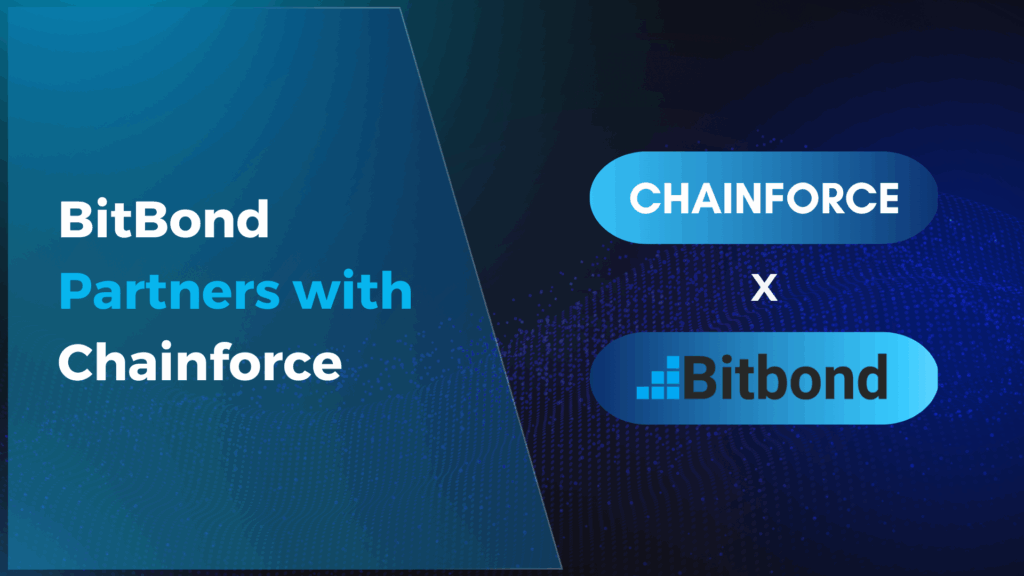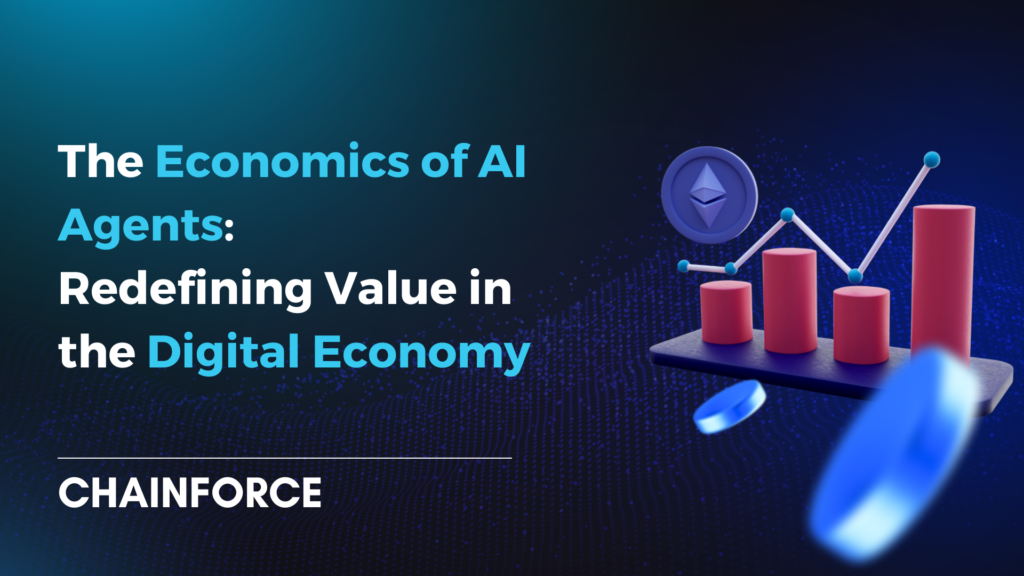In the world of digital finance, payment tokens have emerged as a groundbreaking innovation that has transformed the way people conduct transactions, store value, and interact with the global economy. As decentralized digital assets built on blockchain technology, payment tokens offer enhanced security, transparency, and efficiency compared to traditional forms of currency. This article will explore the evolution of payment tokens, starting with the trailblazing Bitcoin and moving through the development of various alternative cryptocurrencies, ultimately culminating in the rise of stablecoins. By understanding the history and progression of payment tokens, we can gain valuable insights into their current and future applications in the rapidly changing financial landscape.
The importance and relevance of payment tokens in today’s economy
Payment tokens have become increasingly important and relevant in today’s economy due to several key factors. First, they enable fast, cost-effective, and borderless transactions, which facilitates global trade and financial inclusion, particularly for the unbanked and underbanked populations. Second, payment tokens can provide a more secure and transparent payment system compared to traditional financial networks, as transactions are recorded on an immutable, decentralized ledger. This helps reduce fraud, corruption, and the risk of data breaches. Third, the programmability of payment tokens allows for the creation of smart contracts, enabling a new wave of financial services and products such as decentralized finance (DeFi) platforms. Lastly, payment tokens represent a hedge against inflation and currency devaluation, as many cryptocurrencies have a fixed supply or predictable issuance rate, which appeals to investors seeking to preserve their wealth. As the global economy becomes more digitized and interconnected, payment tokens will continue to play a vital role in shaping the future of finance.
The Emergence of Bitcoin
The history of Bitcoin dates back to October 31, 2008, when an individual or group under the pseudonym Satoshi Nakamoto published a whitepaper titled “Bitcoin: A Peer-to-Peer Electronic Cash System.” This groundbreaking document laid the foundation for a decentralized digital currency that would allow peer-to-peer transactions without the need for an intermediary, such as a bank or payment processor. Satoshi’s invention was a response to the financial crisis of 2008 and the inherent flaws in the traditional banking system, such as lack of transparency, high transaction fees, and centralized control. On January 3, 2009, the Bitcoin network came into existence with the mining of the genesis block, also known as Block 0, which included the embedded message: “The Times 03/Jan/2009 Chancellor on brink of second bailout for banks.” This message highlighted the motivation behind Bitcoin’s creation – a call for a more resilient, transparent, and decentralized financial system. Over the years, Bitcoin has evolved from an obscure project among cryptography enthusiasts to a widely recognized digital asset, now often referred to as “digital gold” due to its store of value properties and finite supply of 21 million coins.
Bitcoin as the first decentralized payment token and its impact on the financial world
Bitcoin’s role as the first decentralized payment token has had a profound impact on the financial world, revolutionizing the way people perceive and interact with money. By eliminating the need for intermediaries, Bitcoin enables direct, peer-to-peer transactions, which lowers costs, increases transaction speed, and enhances financial privacy. Its decentralized nature, backed by the secure and transparent blockchain technology, has also made it resistant to censorship, fraud, and manipulation, fostering trust among its users. As the pioneer of cryptocurrencies, Bitcoin has spurred a wave of innovation in digital finance, leading to the development of thousands of alternative coins (altcoins), each with its unique features and use cases. Furthermore, Bitcoin has paved the way for new financial products and services, such as cryptocurrency exchanges, wallets, and decentralized finance (DeFi) platforms, which have created new investment opportunities and facilitated greater financial inclusion worldwide. The rise of Bitcoin has also prompted regulators, central banks, and traditional financial institutions to re-evaluate their approach to money and payments, with many exploring the potential of central bank digital currencies (CBDCs) and blockchain-based solutions.
the concept of blockchain technology and how it enables the existence of payment tokens
Blockchain technology is the underlying foundation that enables the existence of payment tokens like Bitcoin and other cryptocurrencies. A blockchain is a decentralized, distributed ledger that records transactions in a secure, transparent, and tamper-proof manner. It consists of a chain of blocks, each containing a set of verified transactions. When a new transaction occurs, it is grouped with others into a block and added to the chain through a consensus mechanism, such as Proof of Work (used by Bitcoin) or Proof of Stake. This process ensures that the network participants agree on the validity of transactions, thereby maintaining trust and preventing double-spending.
One of the key innovations of blockchain technology is the use of cryptographic techniques, such as public and private key pairs, which allow users to securely transact with their payment tokens. The public key functions as an address to which tokens can be sent, while the private key is required to access and spend those tokens, ensuring that only the rightful owner can control their digital assets.
Blockchain technology also enables the existence of payment tokens through its decentralized nature, which means that no single entity has control over the network. This eliminates the need for intermediaries like banks or payment processors, allowing for direct, peer-to-peer transactions. Moreover, the transparency of the blockchain ledger ensures that all transactions are visible and verifiable by anyone, fostering trust and accountability in the system.
The Birth of Altcoins
Following the introduction of Bitcoin as the first decentralized payment token, the market witnessed a surge of alternative cryptocurrencies, commonly referred to as altcoins. This proliferation of digital assets began around 2011, as developers recognized the potential of blockchain technology and sought to create their own cryptocurrencies with distinct features and use cases. One of the earliest altcoins, Litecoin, was introduced in 2011 by Charlie Lee, a former Google engineer. Litecoin aimed to offer faster transaction times and lower fees than Bitcoin, positioning itself as the “silver” to Bitcoin’s “gold.”
As the market expanded, various other altcoins emerged, each with unique selling points, such as Ripple (now known as XRP), which focuses on facilitating cross-border transactions for financial institutions, or Ethereum, launched in 2015, which introduced smart contracts and a more versatile blockchain platform capable of hosting decentralized applications (dApps). Ethereum’s launch, in particular, led to the creation of a vast array of tokens based on its ERC-20 standard, which further fueled the growth of the altcoin market.
Over time, the altcoin ecosystem has become increasingly diverse, encompassing a wide range of projects, from privacy-focused coins like Monero and Zcash to decentralized finance (DeFi) tokens like Chainlink and Aave. This explosion of alternative cryptocurrencies has not only resulted in a broader array of investment opportunities for traders and investors, but also driven innovation in the blockchain and digital asset space, as new projects experiment with different consensus mechanisms, governance models, and token utilities. The emergence of altcoins has thus played a crucial role in shaping the dynamic and ever-evolving cryptocurrency landscape.
The Rise of Stablecoins
Stablecoins are a unique class of digital assets designed to maintain a stable value relative to a specific reference, such as a fiat currency or a commodity. Most commonly, stablecoins are pegged to major fiat currencies like the US Dollar or the Euro, and they aim to combine the benefits of cryptocurrencies, such as fast transactions, low fees, and decentralization, with the stability of traditional currencies.
Cryptocurrency volatility has been a significant concern for users, traders, and businesses looking to utilize digital assets for everyday transactions or as a store of value. The price fluctuations of cryptocurrencies like Bitcoin and Ethereum can make it challenging to use them for daily commerce, as their purchasing power can change rapidly within short periods. Stablecoins address this issue by providing a more predictable and reliable medium of exchange, reducing the risks associated with price volatility.
There are different types of stablecoins, each with its own mechanism to maintain stability. Fiat-collateralized stablecoins, such as Tether (USDT) and USD Coin (USDC), are backed by reserves of the corresponding fiat currency, held in a bank or by a custodian. Crypto- collateralized stablecoins, like DAI, are backed by other cryptocurrencies, usually held in a smart contract. Lastly, algorithmic stablecoins, such as Ampleforth, rely on algorithms to adjust the supply of the token in response to changes in demand, aiming to maintain a stable price without the need for collateral.
By offering a more stable form of digital currency, stablecoins have become an essential component of the cryptocurrency ecosystem, facilitating various use cases, including remittances, e-commerce, and as a safe-haven asset during periods of market turbulence. They have also gained traction in the burgeoning decentralized finance (DeFi) space, where they serve as a crucial means of exchange, lending, and borrowing.
The Future of Payment Tokens
The payment token space continues to witness rapid development and innovation, as new projects and initiatives emerge to address various challenges and opportunities in the digital finance landscape. One prominent example is the rise of central bank digital currencies (CBDCs), which are digital representations of a country’s fiat currency issued and controlled by its central bank. CBDCs aim to harness the benefits of blockchain technology, such as
increased transaction efficiency, reduced costs, and improved security, while maintaining the stability and regulatory oversight of traditional currencies. Several central banks worldwide are actively researching, developing, or piloting CBDCs, with countries like China, Sweden, and the Bahamas leading the way. As more nations embrace CBDCs, they are likely to impact the payment token landscape significantly, fostering greater interoperability and integration between digital and traditional financial systems.
Another area of ongoing innovation in the payment token space is privacy-focused cryptocurrencies, which seek to provide enhanced privacy and anonymity features compared to mainstream digital assets like Bitcoin or Ethereum. Coins like Monero, Zcash, and Dash employ advanced cryptographic techniques and privacy protocols, such as ring signatures, zk- SNARKs, and CoinJoin, to obscure transaction details and protect user identities. These privacy-centric payment tokens address concerns related to financial surveillance, censorship, and the potential misuse of transaction data, offering users an alternative that upholds the principles of confidentiality and autonomy in digital transactions.
As the payment token ecosystem continues to evolve, new advancements in technology and regulatory frameworks will shape the future of digital currencies. Innovations like CBDCs and privacy-focused cryptocurrencies are just a glimpse into the ongoing transformation of the financial world, as the industry strives to adapt to the ever-changing needs of businesses, consumers, and governments in the digital age.
The challenges and opportunities faced by payment tokens
Payment tokens, despite their potential to revolutionize the financial landscape, face a diverse array of challenges and opportunities as they continue to evolve and gain acceptance. One major challenge is regulatory uncertainty, as governments and financial authorities grapple with how to classify, tax, and oversee digital assets. This uncertainty can hinder the mainstream adoption of payment tokens and impact their utility, as businesses and individuals may be reluctant to use them without clear legal guidance. However, as regulatory frameworks develop and mature, this challenge can transform into an opportunity, with well-defined regulations fostering greater trust, legitimacy, and stability in the digital asset space.
Scalability is another challenge for many payment tokens, as their underlying blockchain networks often struggle to handle high transaction volumes, leading to congestion, increased fees, and slower confirmation times. To address this issue, several projects are exploring innovative solutions like layer-2 scaling, sharding, and alternative consensus mechanisms, which could enhance the performance of payment token networks and enable them to compete with traditional payment systems.
Security remains a constant concern in the payment token space, with instances of hacks, fraud, and theft posing risks to users and investors. However, the industry is continuously working to improve security measures, develop best practices, and adopt more robust cybersecurity protocols. These efforts, combined with ongoing education and awareness campaigns, can help reduce the risks associated with digital assets and foster a safer environment for users.
In terms of opportunities, payment tokens have the potential to significantly impact global remittances, e-commerce, and financial inclusion. By offering faster, cheaper, and more accessible financial services, payment tokens can serve as a vital tool for the unbanked and underbanked populations, enabling them to participate in the global economy and improve their economic well-being. Additionally, as the world becomes increasingly digital, payment tokens can play a crucial role in powering the emerging digital economy, from the Internet of
Things (IoT) to the metaverse, creating new business models, revenue streams, and economic opportunities.
Offering a vision for the future of payment tokens in the global economy
As we look ahead to the future of payment tokens in the global economy, it is evident that they will continue to play an increasingly important role in shaping the way people transact, invest, and interact with financial services. One key area of growth will be the mainstream adoption of digital assets, as businesses and consumers increasingly embrace cryptocurrencies for everyday transactions, remittances, and e-commerce. This widespread adoption will be facilitated by the development of user-friendly wallets, seamless onboarding processes, and improved point-of-sale systems, making it easier for people to use payment tokens in their daily lives.
The integration of payment tokens with emerging technologies, such as the Internet of Things (IoT) and the metaverse, will create new possibilities for digital commerce and economic interaction. Smart devices and digital environments will increasingly rely on payment tokens to enable automated microtransactions, machine-to-machine payments, and other novel use cases, driving innovation and value creation in various industries.
Central bank digital currencies (CBDCs) will likely become a prominent feature of the global financial landscape, as more countries issue their own digital currencies and explore cross- border CBDC initiatives. This development could lead to a more interconnected and efficient global financial system, with payment tokens playing a pivotal role in bridging the gap between traditional and digital finance.
Decentralized finance (DeFi) and programmable money will continue to revolutionize the financial sector, with payment tokens enabling a wide range of innovative services, products, and business models. From decentralized lending and borrowing platforms to tokenized assets and derivatives, the financial world will become more inclusive, transparent, and accessible, unlocking new opportunities for wealth generation and economic empowerment.
Lastly, as privacy concerns and the demand for financial autonomy grow, privacy-focused payment tokens will gain more traction, offering users an alternative to traditional financial systems that prioritize confidentiality and personal freedom. This development will further diversify the payment token landscape and cater to the evolving needs of users worldwide.
The future of payment tokens in the global economy is filled with promise and potential, as digital assets continue to redefine the way we transact, invest, and engage with the financial world. As this transformation unfolds, payment tokens will undoubtedly become an integral part of our everyday lives, driving innovation, growth, and inclusion across the global economy.



